University of Queensland South Brisbane, Australia
It has been well known to generations of clinical teachers that medical students do not bring from the dissecting room to the hospital, sufficient anatomic knowledge for their clinical studies. The reasons for this are multifactorial and not relevant to this article but two of the less controversial are:
Laboratory facility; Silicone:
Peter Bore University of Queensland South Brisbane, Australia
![]()



It has been well known to generations of clinical teachers that medical students do not bring from the dissecting room to the hospital, sufficient anatomic knowledge for their clinical studies. The reasons for this are multifactorial and not relevant to this article but two of the less controversial are:
One of us (PB) first heard of plastination in 1990. It sounded vaguely interesting, and enquiries were made as to whether any specimens were available locally. A local company, Scientific Educational Supplies had some specimens which had been produced by Gunther von Hagens and it required only a few minutes of inspection of these for one to realize the potential of this material to assist in the teaching of medical students. It was relatively easy to pass on the enthusiasm to the second member of the team (RB).
With good educational reasons for using this material for teaching in a geographic environment where the portability of plastinated material offers enormous advantages one might have expected its introduction to be relatively easy. Alas, plastination costs money. It took some two years before a modest amount of money was promised from interested departments. Surgery, Anatomical Sciences and Radiology. Over a year was spent discussing whether such a thing as plastination was legal in Queensland (some aspects of it are still under discussion) and then several months more ascertaining the requirements of the Department of Occupational Health and Safety with regard to spark-proof and concentrations of acetone vapor.
Eventually we initiated work at the end of 1992 with what was clearly, in retrospect, an inadequate budget. However, the University's Building and Grounds Department were extremely helpful in minimizing the costs in creating a spark-proof room, and our freezers, two enormous custom-built items which can easily maintain -30°c in a Queensland summer were financed by Scientific Educational Supplies and built by a local refrigeration firm.
A special Australian problem is that paying for items priced in Deutschmarks with Australian dollars is particularly painful. One must then add either the significant costs of air freight or the significant delays of sea-freight. We have therefore endeavored to buy items locally and occasionally have been spectacularly successful, as, for example, with vacuum chambers. We discovered that stainless steel vacuum chambers with perplex lids are a standard part of Alfa-Laval milking machines. Alfa-Laval were helpful in producing the slight modifications we required at minimal cost and we are now able to buy stainless steel vacuum chambers for around $300 US dollars.
A conscious decision was made that we would make every effort to get things right from the outset and thus a large proportion of our precious budget was spent sending Robbie Boyes to the workshop in Heidelberg and to visit Ron Wade's Plastination Laboratory in Baltimore. This has paid dividends. By the middle of 1993 we had acquired the necessary facilities and equipment to commence S- 10 plastination. We were both delighted, and one of us somewhat surprised that our very first batch of specimens turned out to be highly satisfactory.
Our current production is entirely of S-10. We are hopeful of progressing to sheet plastination in the not too distant future though funding and time remain precarious. However, now that we are in production we are succeeding in attracting considerable interest from various departments within the University and from other institutions in Australia. We are even considering such commercial activities as plastinating coral or cane toads for sale to tourists.
The University of Queensland is not the only or the first place to be involved in plastination in Australia. Plastination, is being or has been, carried out by Russell Barnett, University of Otage, New Zealand, Peter Cook at the University of Auckland, Richard Borg, University of Sydney, Carolos Kordjan at Flinders University, South Australia and Ken Parsons also from the University of Sydney and possibly others.
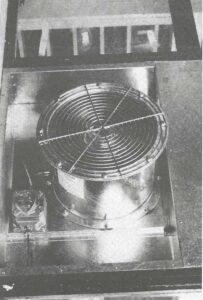 |
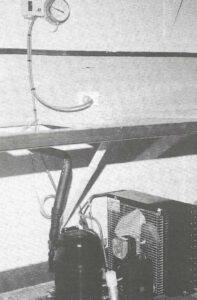 |
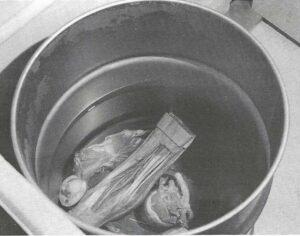 |
 |
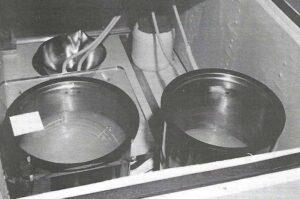 |
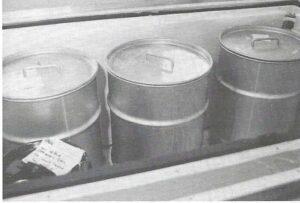 |
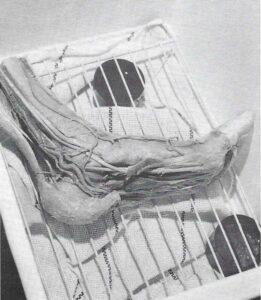 |
|